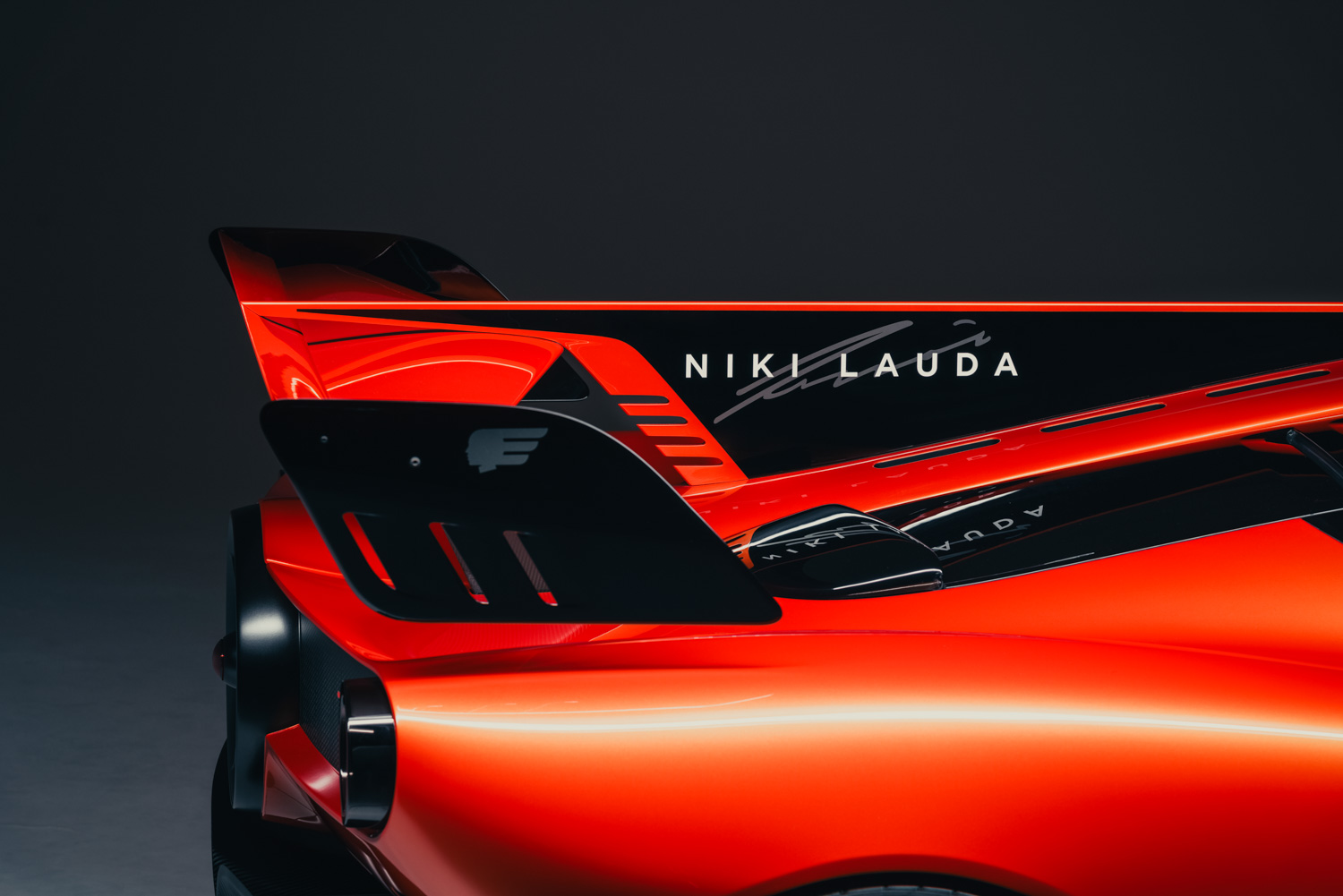
Last year, in August, we were introduced to the long-awaited Gordon Murray Automotive T.50. An “old school” supercar, sprung from the brain of top designer Gordon Murray with an atmospheric V12 engine and a manual gearbox.
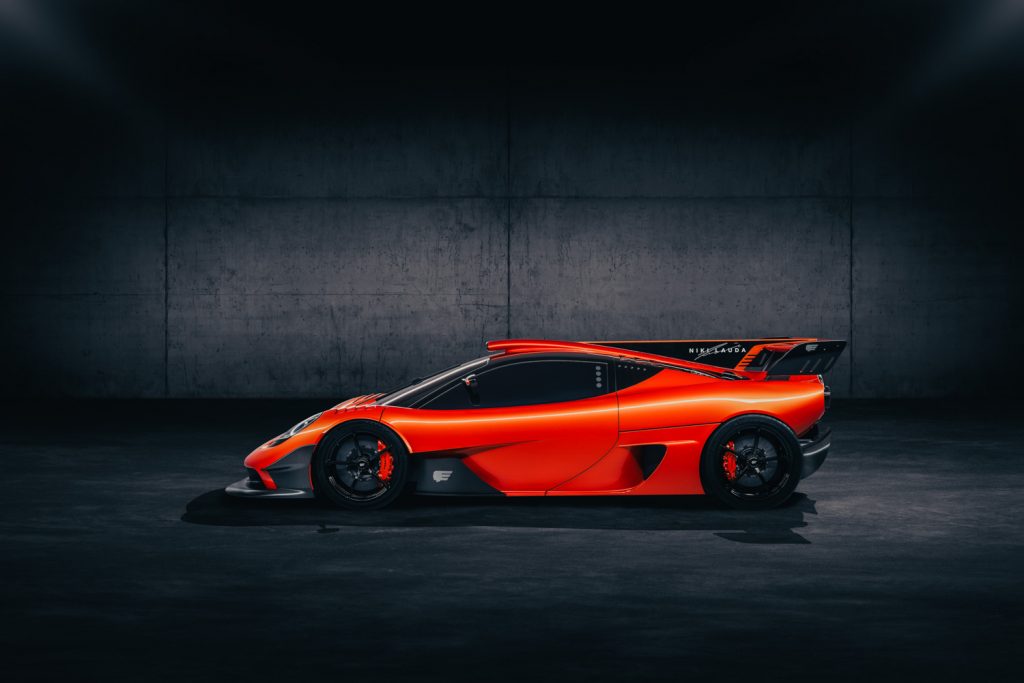
A car for real purists, which we would have liked to order. One small disadvantage: its price of 3 million euros. However, this was not a problem for GMA because the 100 examples to be built were sold out in no time. More than 200 potential buyers had presented themselves for a possible purchase.
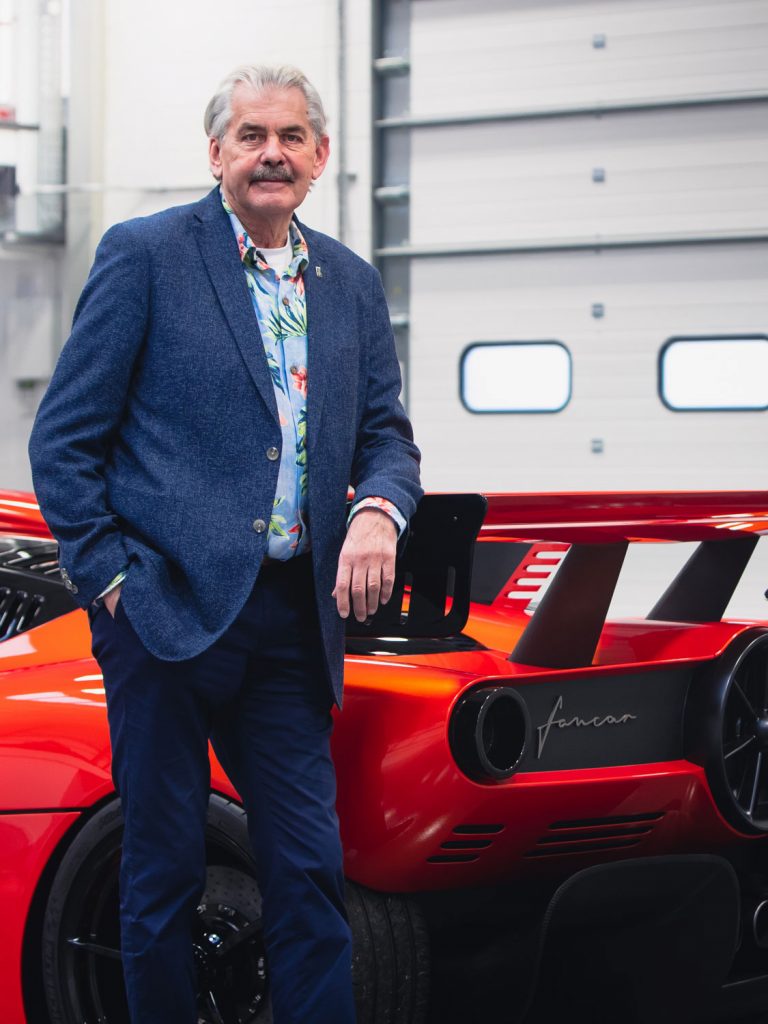
Today, Professor Gordon Murray raises the bar even higher with the track version of this T.50, which will be given the addition S to its name. Murray applies an identical principle here as he did in the 1990s with the Mclaren F1. Later on there was also a GTR version. The ultimate book about this version was published recently. I want to know more about the book.
Whereas the Mclaren F1 GTR was an evolution of the street version, this T.50s has been a development of its own from the start of the project. This is clearly noticeable at first glance, not a single part of the bodywork has been copied from the normal T.50. Even the central monocoque has a completely different shape.
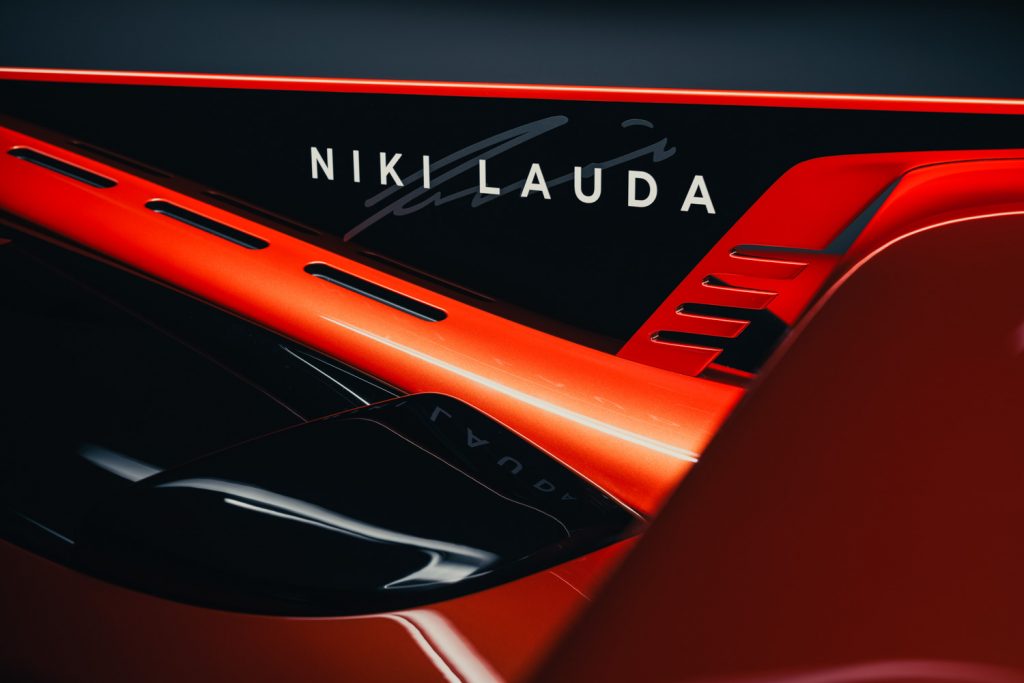
And it is not only the S that will be added as an extra. The 25 cars will also bear the name and signature of “Niki Lauda” as a tribute to the champion who died two years ago. The T.50s was also introduced on 22 February, Niki’s birth date. Murray and Lauda worked together for two years in 1978 and 1979 during the Brabham Alfa Romeo Formula 1 era. – LINK -. In addition to being an ideal collaboration between a designer and a pilot with a great deal of technical background, the two also maintained a friendship for many years. Lauda secured the only victory for a Brabham fitted with an Alfa Romeo engine. At Anderstorp in the 1978 Swedish Grand Prix, he defeated the dominant JPS Lotus 79 in pure speed with his BT 46 Fan Car, with its then controversial “hoover”. Unfortunately, teammate John Watson ended up in the Swedish sand after a skid. His “hoover” sucked up all the sand in the area and blew it to all sides, causing a real sandstorm. After this race, the FIA at the time would ban this system, because it was too “dangerous”, and the Fancar would only come into action once. Lauda was allowed to keep his Swedish victory. More info about this BT46 Fan Car can be found in our report “The Brabhams of Mr. E” Murray asked and received permission from the Lauda family to use Niki’s name. This honour is reserved for the greatest of all. Other cars with a name are for example the Mclaren “Senna” and the Mercedes SLR “Stirling Moss”. The latter was also a Murray design.
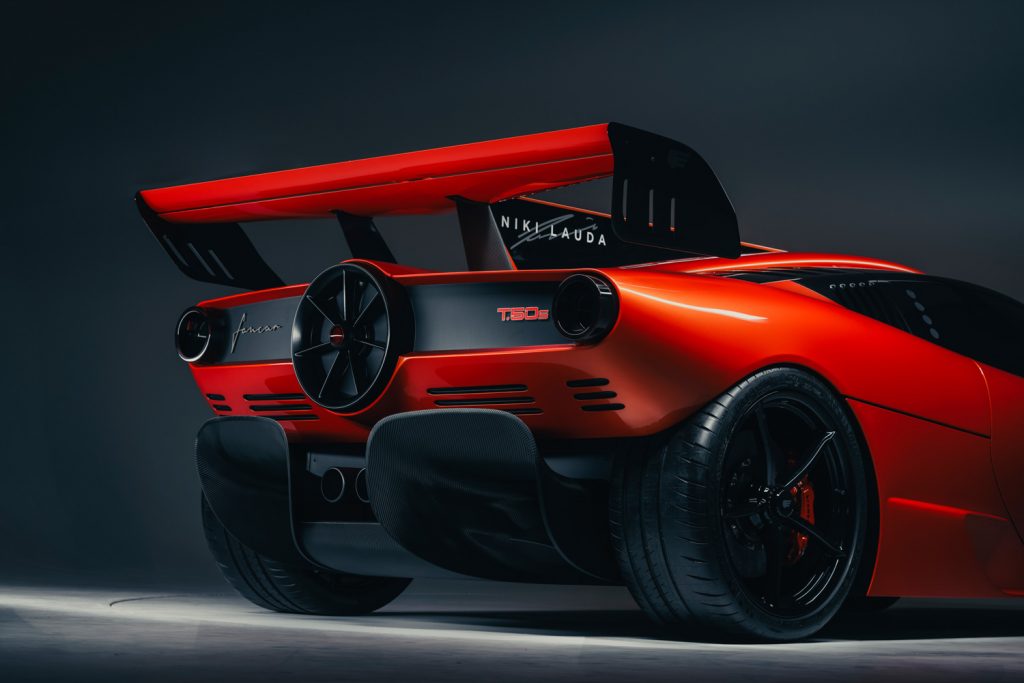
Each chassis number will also be given its own name, representing one of the circuits on which Murray’s Formula One creations have won races. The first example will be named “Kyalami” after the circuit next to Johannesburg in South Africa. It was there in 1974 that Argentine Carlos Reutemann won his first Grand Prix with the Murray-designed Brabham-Cosworth BT44. The following examples will bear the name of: Spa, Monza, Interlagos, Montreal, Nürburging, Suzuka, Monaco, Hungaroring, Imola, Mexico, Silverstone, Phoenix, Watkins Glen and Buenos Aires. The cars are named in chronological order. The buyer must therefore be satisfied with the name that goes with the car. Well, with a few exceptions, they are all large and historic places, so it should be possible. Each car comes with a book written by Murray with all the necessary explanations and pictures about that race. A collector’s item in itself!
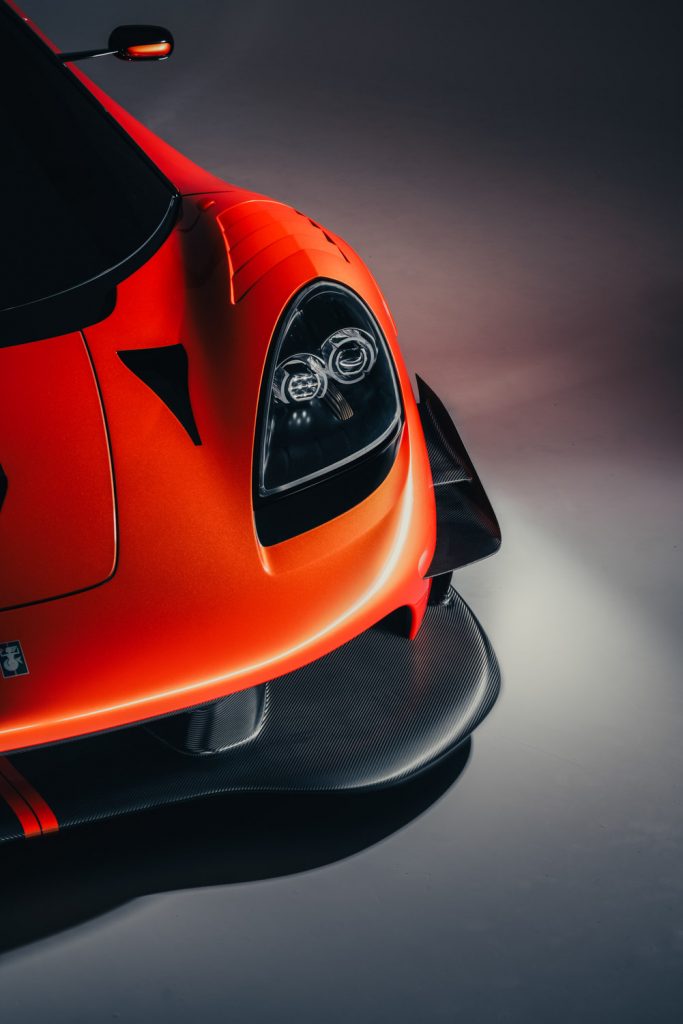
At first glance, you can immediately see that T.50s is made for track use. A gigantic front spoiler, with accompanying splitters, and the rear wing give the T.50s an aggressive look. This rear wing is shaped like the front wing of the 1983 Brabham BT52 BMW with which Nelson Piquet won the world championship. The cockpit of the car is connected by a fin, with the name of Niki Lauda, to this rear wing. This is inspired by the current LMP1 and LMP2 prototypes. The T.50s remains a beautiful sight and with the extra aerodynamics, to us it is even more beautiful than the street version. Especially in the orange colour which is perhaps a reference to the Mclaren F1 GTR LM. Only the rear end doesn’t look very nice at first sight. The lower diffuser is perhaps not the most aesthetic but that has to make way for the advantages it can generate this way. On the left rear is an emblem with “Fancar”. Murray is clearly proud that his car is the only one equipped with this technology.

Under the rear wing, of course, we also find the famous fan to provide additional downward pressure. Where the street version has several choices, this S version has to make do with just one: maximum operation from a speed of 50 miles.
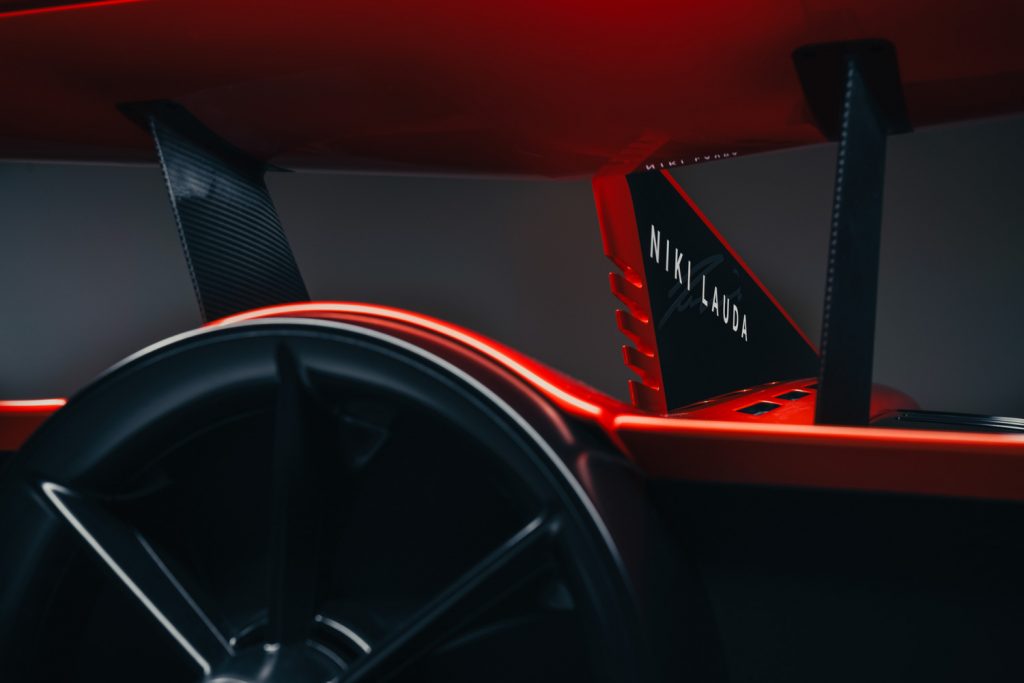
The weight of the T.50s was reduced by 134 kg from the original 986 kg of the street version. The power of the GMA Cosworth engine increases from 663 to 711 hp. Not bad for a “mere” 3.9 litre capacity. Its weight dropped from 178 to 162 kg, making it the lightest V12 engine ever produced. The manual gearbox, a must on the street version, has made way on the T.50s for a sequential X Trac 6-speed transmission. This should ensure a friendlier use (and also prevent mis-shifting) on the track. This is important since the T.50s is intended for gentlemen pilots. The Brembo brake system has been adapted for circuit use and the tyres are of course the dry weather or slick variants of Michelin. An additional set of rain tyres is available as an option. This is also for a possible second seat that would be mounted on the left side of the car.
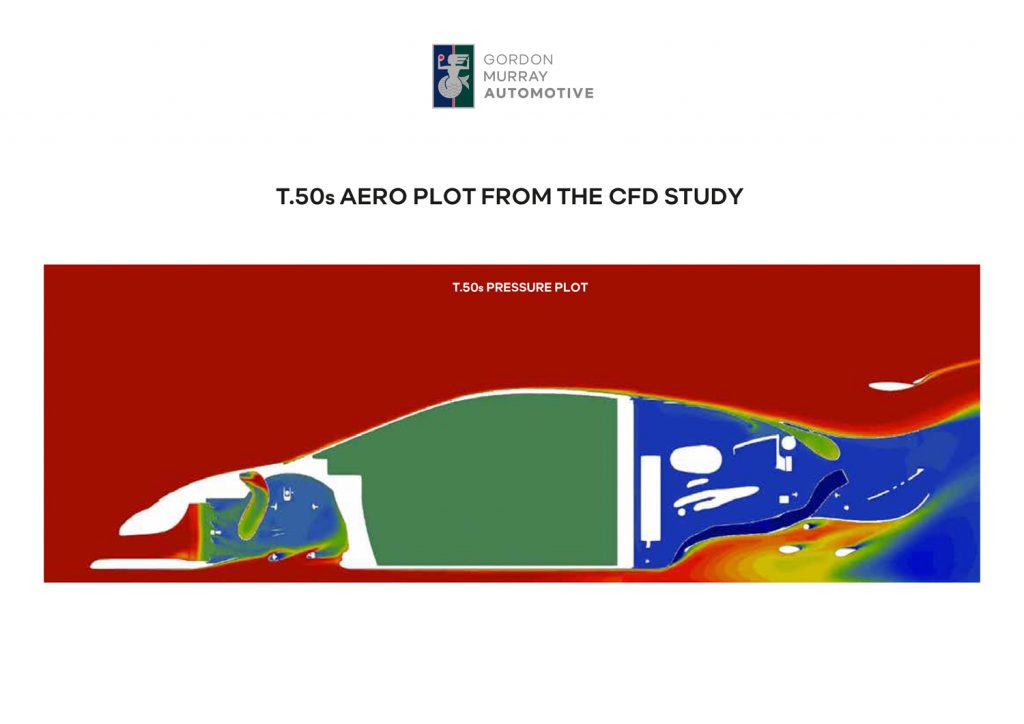
For a track car, downforce is one of the most important things a designer has to consider. Under the motto: the more, the better, the original aim was to achieve a minimum of 1000 kg. This was far exceeded by all the technology used “made by Murray”, as double that of 2000 kg was achieved. But for these values you need professional top pilots to keep this power under control. Therefore it was decided not to exceed a maximum of 1500 kg.
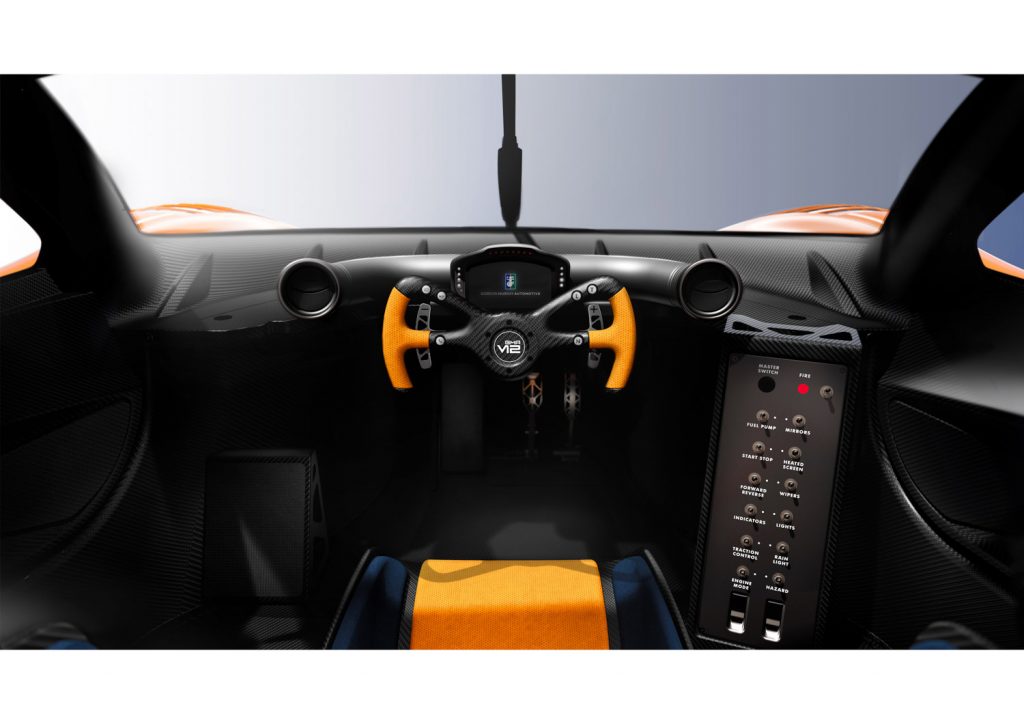
In the interior, all unnecessary items have been removed and you take your place in an atmosphere of a racing car. Murray claims, with the T.50s, to have designed the ultimate track car. It is the best conceived and engineered car for a fun day’s track experience. The car would also be very user friendly. The pilot arrives at the track, checks the tyre pressure, lets the engine warm up and then he can go. You don’t need an engineer to do the start-up. Yet an important advantage compared to e.g. a Ferrari FXX which can and may only be operated by Ferrari personnel. Every T.50s will also be delivered with a fully equipped and adjusted toolbox and two jacks with which you can make a quick pit stop when it starts to rain. A hydraulic jack system was not an option because of the extra weight. The toolbox is needed to make all the adjustments because they are all done mechanically. A one-day course would be sufficient to teach all this to a mechanic who already has a basic knowledge of racing car technology. A connection for a Go-Pro camera is also part of the standard equipment.
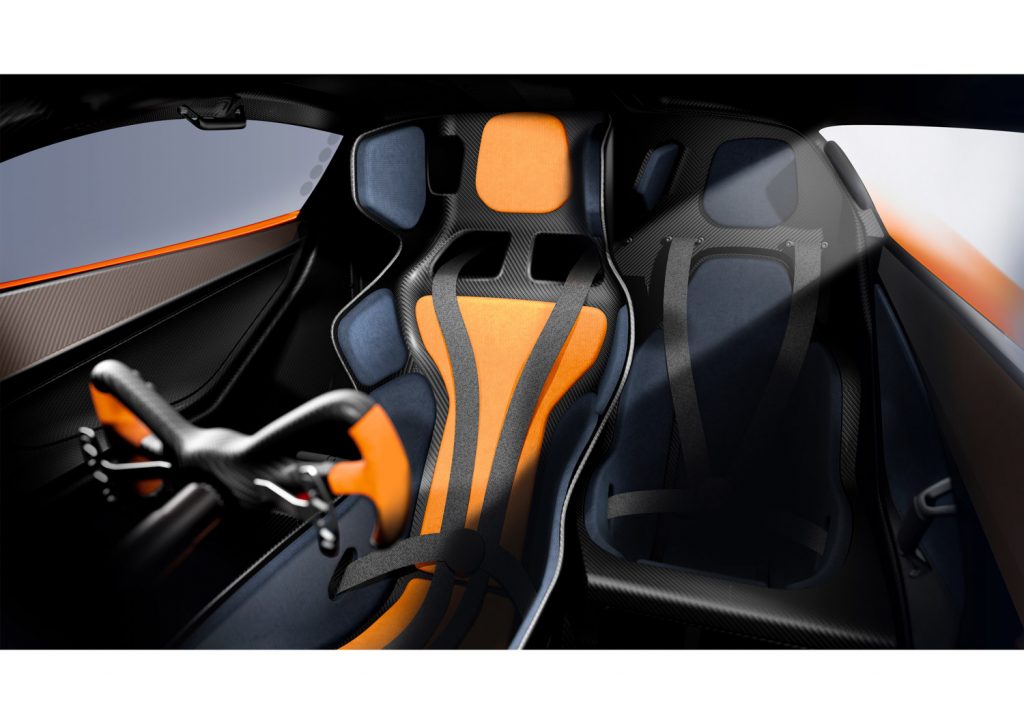
Unfortunately, we will not see the T.50s in competition. The current GT regulations are not his best friend. For a possible participation, 400 kg ballast weight would have to be added immediately. Moreover, the fan system has to be removed. Two points which Gordon is not really keen on. A pity, because the T.50s would have been a nice addition in a Le Mans race. Murray even claims that this car would have qualified on the front row of the 2020 Le Mans 24 Hours. We’ve never heard the man talk nonsense so we think he’s probably right this time too.
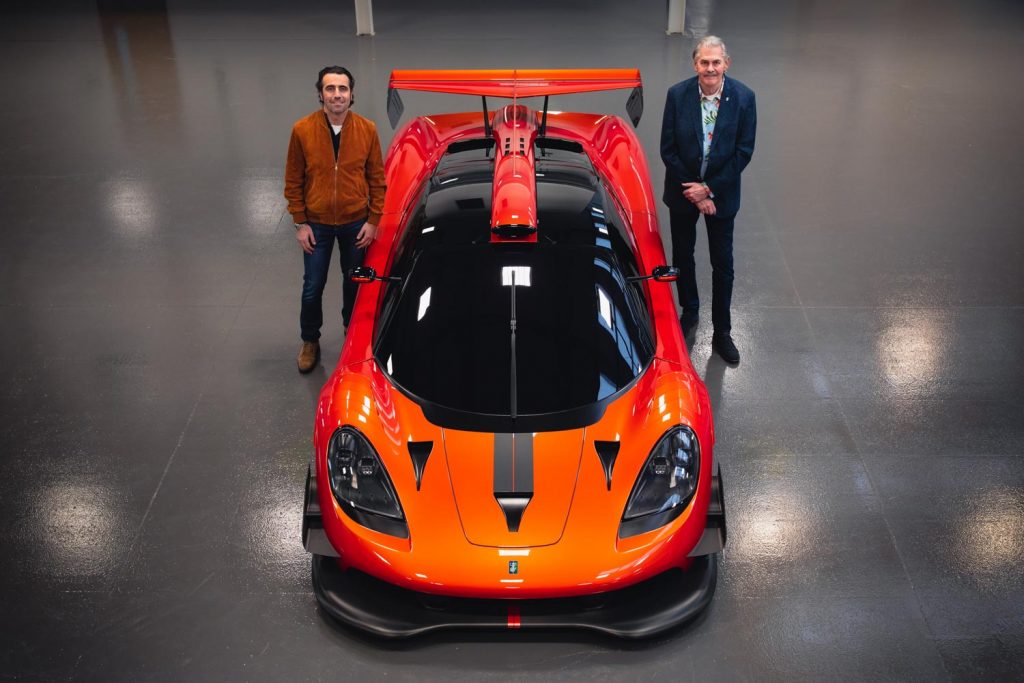
However, there is talk of a sort of Brands Cup if there is sufficient interest from the owners. A Pro-Am formula is being designed by SRO, the specialist in organising GT races. The owner of the T.50s can in this way be assisted by a professional pilot. The owner of the T.50s can then be assisted by a professional pilot who can use all his knowledge to help the amateur pilot and teach him the tricks of the trade under real racing conditions.
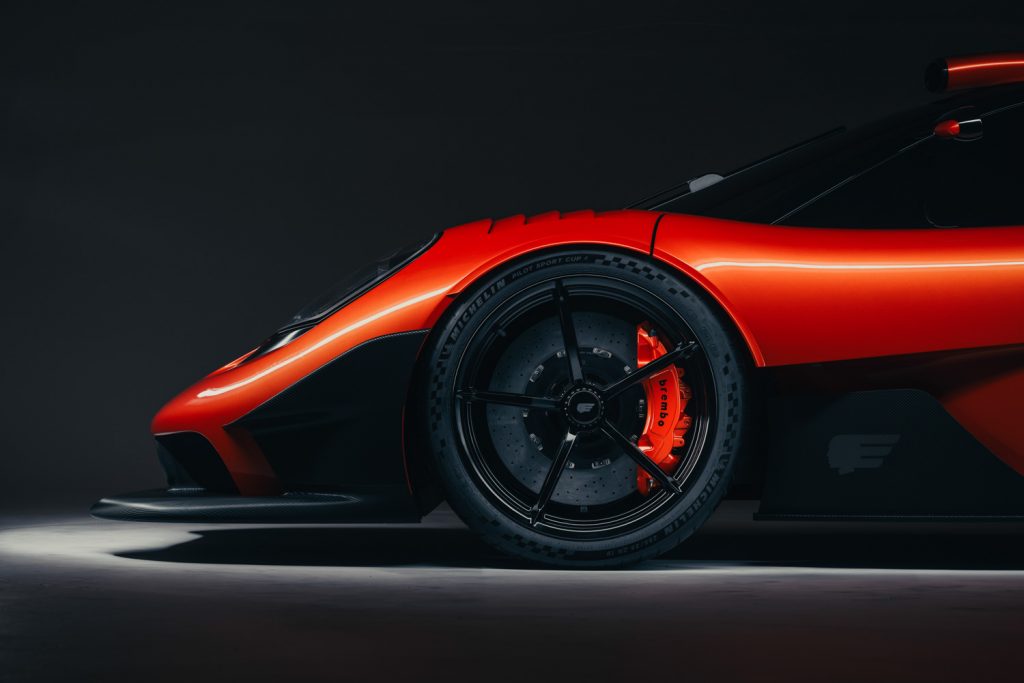
The production of the 25 examples is planned for 2023. First, the 100 street versions will be built. Both models of the T.50 are the crowning glory of the 53-year career of Gordon Murray, who is now almost 75. But Gordon is not thinking of stopping yet, because after the T.50 a new more “normal” model will follow. Brands like Ferrari, Lamborghini and Mclaren are hereby warned because Murray is coming! And the word “perfection” is very high in his vocabulary.
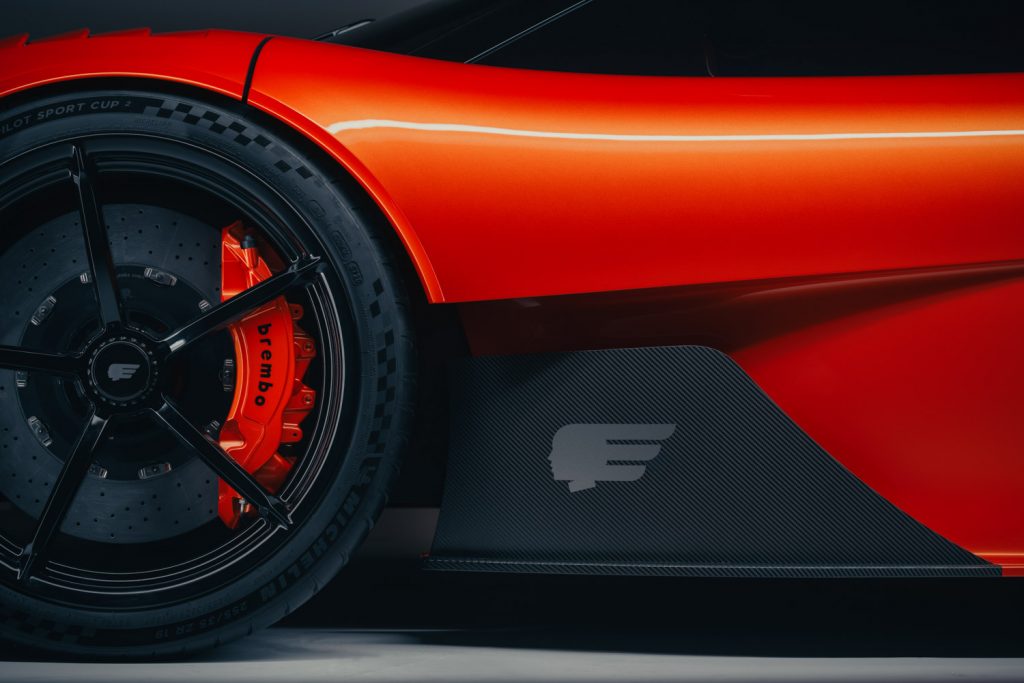
Every buyer can have his own car completely customised by Gordon Murray Automotive. The boss personally takes the time to discuss this with all his customers and to advise them. They have to pay a good EUR 3.6 million without VAT for this beauty. This price may seem rather high, but when you consider that paintings are regularly sold for 100 million euros, this is a real bargain! The buyer gets a rare masterpiece, right? At the time of the performance, just over half of the production had already been sold.
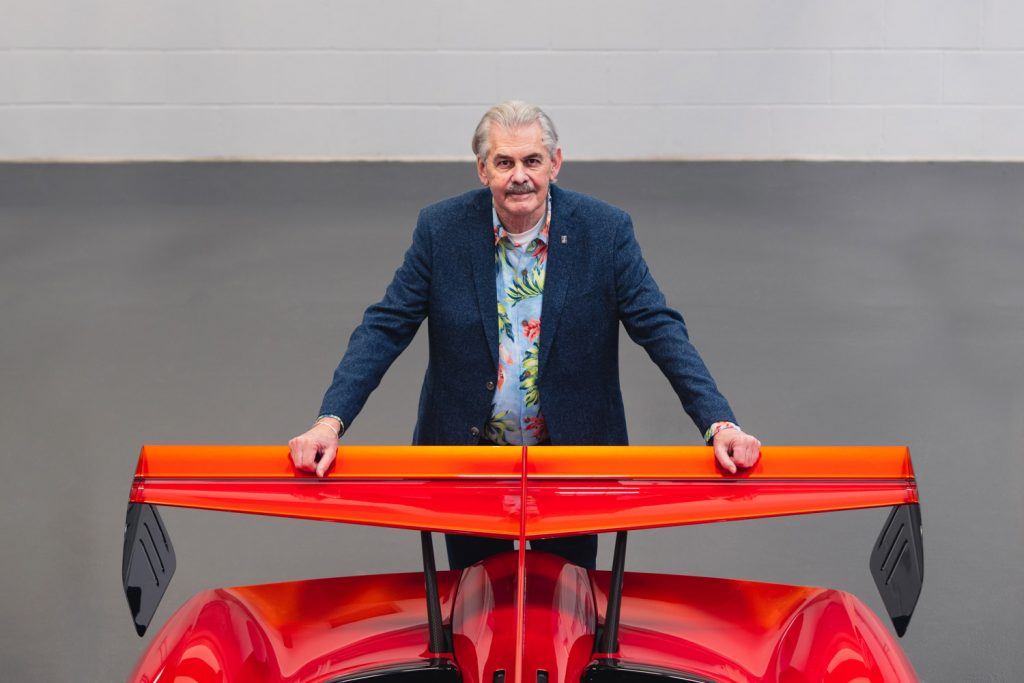
The T.50 and the T.50s close a period in automotive history that we will long remember. We won’t see real cars like this one with a 12,100-rpm V12 engine again in the future. They will have to make way for electric ones that look more like a moving smartphone than a car and where the experience will be hard to find. Fortunately, there was an old dinosaur in England who gave the combustion engine car a dignified farewell. Every car lover should be grateful to him for this. It is also not our habit to discuss new cars but for this one we made a big exception with a lot of pleasure!
Report: Joris De Cock
Photos: GMA (Thanks to Sarah!)
